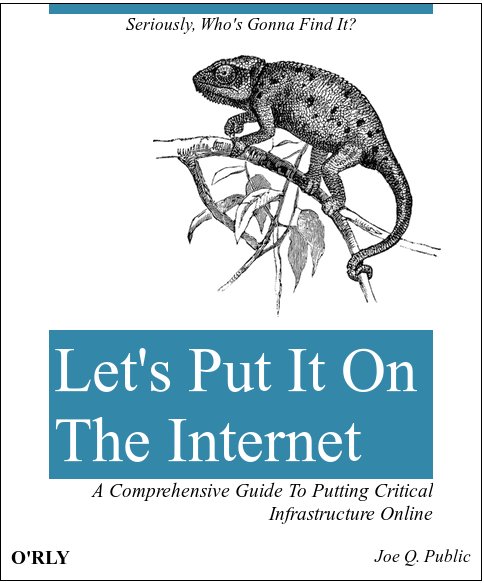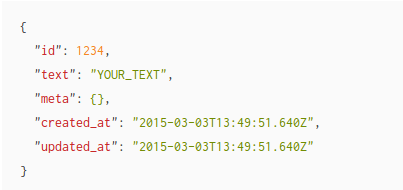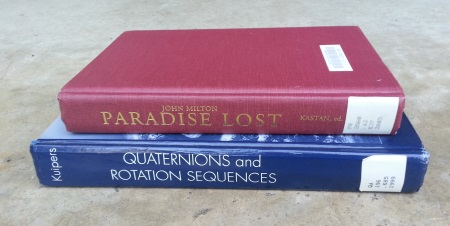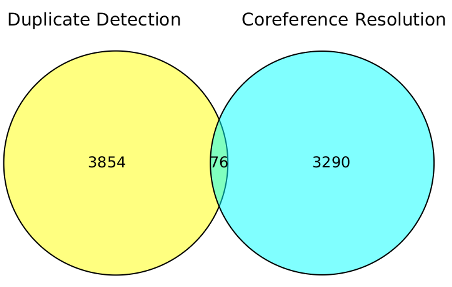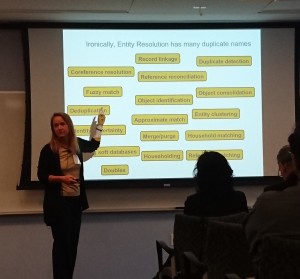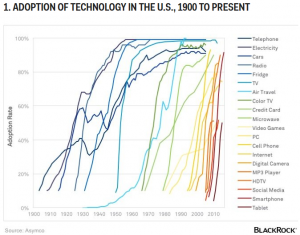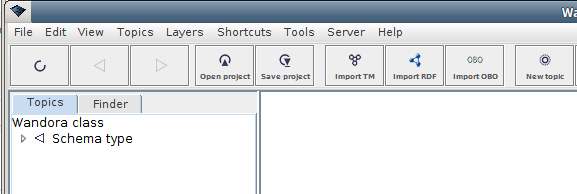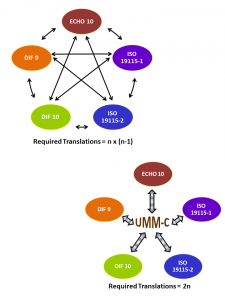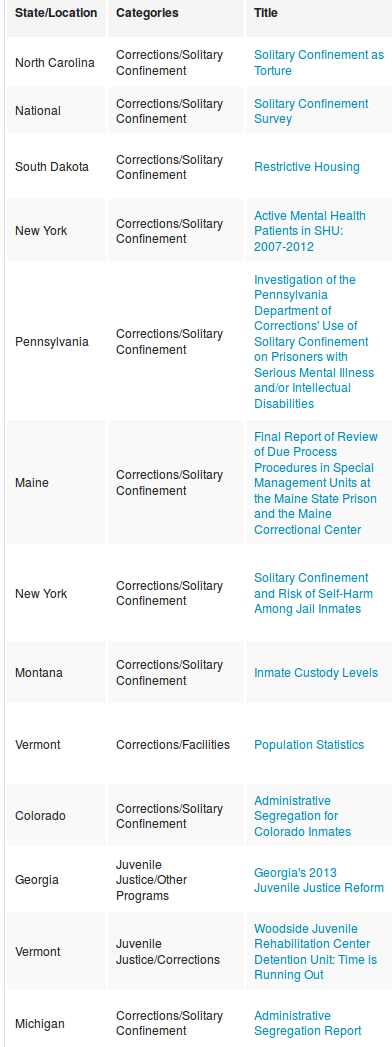In Vulnerable 7-Zip As Poster Child For Open Source, I covered some of the details of two vulnerabilities in 7-Zip.
Both of those vulnerabilities were summarized by the discoverers:
Sadly, many security vulnerabilities arise from applications which fail to properly validate their input data. Both of these 7-Zip vulnerabilities resulted from flawed input validation. Because data can come from a potentially untrusted source, data input validation is of critical importance to all applications’ security.
The first vulnerability is described as:
TALOS-CAN-0094, OUT-OF-BOUNDS READ VULNERABILITY, [CVE-2016-2335]
An out-of-bounds read vulnerability exists in the way 7-Zip handles Universal Disk Format (UDF) files. The UDF file system was meant to replace the ISO-9660 file format, and was eventually adopted as the official file system for DVD-Video and DVD-Audio.
Central to 7-Zip’s processing of UDF files is the CInArchive::ReadFileItem method. Because volumes can have more than one partition map, their objects are kept in an object vector. To start looking for an item, this method tries to reference the proper object using the partition map’s object vector and the “PartitionRef” field from the Long Allocation Descriptor. Lack of checking whether the “PartitionRef” field is bigger than the available amount of partition map objects causes a read out-of-bounds and can lead, in some circumstances, to arbitrary code execution.
(code in original post omitted)
This vulnerability can be triggered by any entry that contains a malformed Long Allocation Descriptor. As you can see in lines 898-905 from the code above, the program searches for elements on a particular volume, and the file-set starts based on the RootDirICB Long Allocation Descriptor. That record can be purposely malformed for malicious purpose. The vulnerability appears in line 392, when the PartitionRef field exceeds the number of elements in PartitionMaps vector.
I would describe the lack of a check on the “PartitionRef” field in topic maps terms as allowing a subject, here a string, of indeterminate size. That is there is no constraint on the size of the subject, which is here a string.
That may seem like an obtuse way of putting it, but consider that for a subject, here a string that is longer than the “available amount of partition may objects,” can be in association with other subjects, such as the user (subject) who has invoked the application(association) containing the 7-Zip vulnerability (subject).
Err, you don’t allow users with shell access to suid root do you?
If you don’t, at least not running a vulnerable program as root may help dodge that bullet.
Or in topic maps terms, knowing the associations between applications and users may be a window on the severity of vulnerabilities.
Lest you think logging suid is an answer, remember they were logging Edward Snowden’s logins as well.
Suid logs may help for next time, but aren’t preventative in nature.
BTW, if you are interested in the details on buffer overflows, Smashing The Stack For Fun And Profit looks like a fun read.
